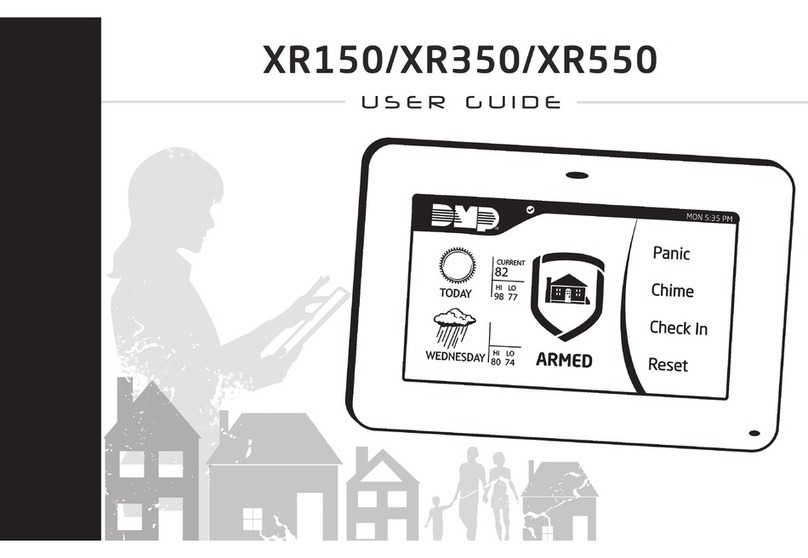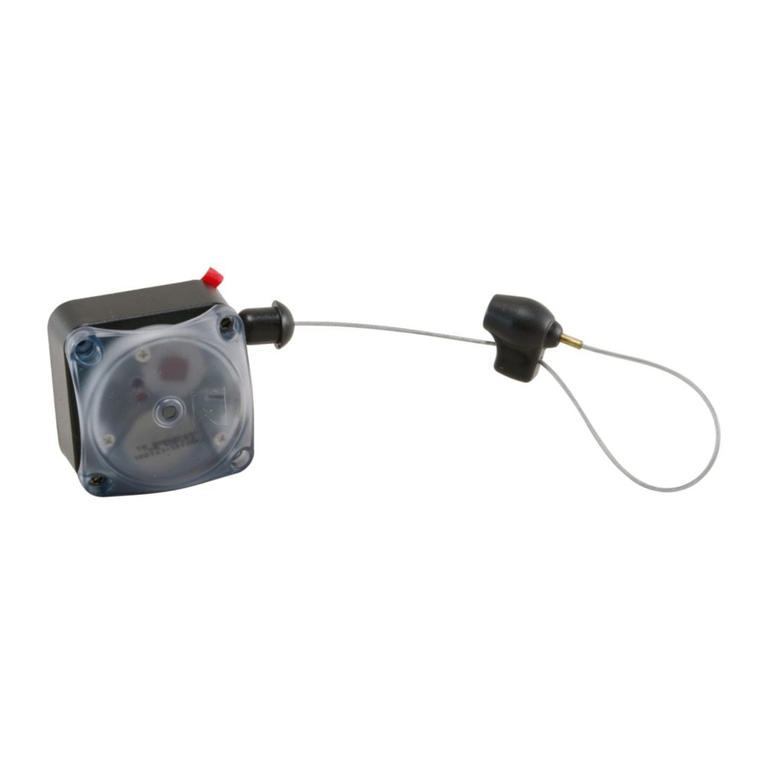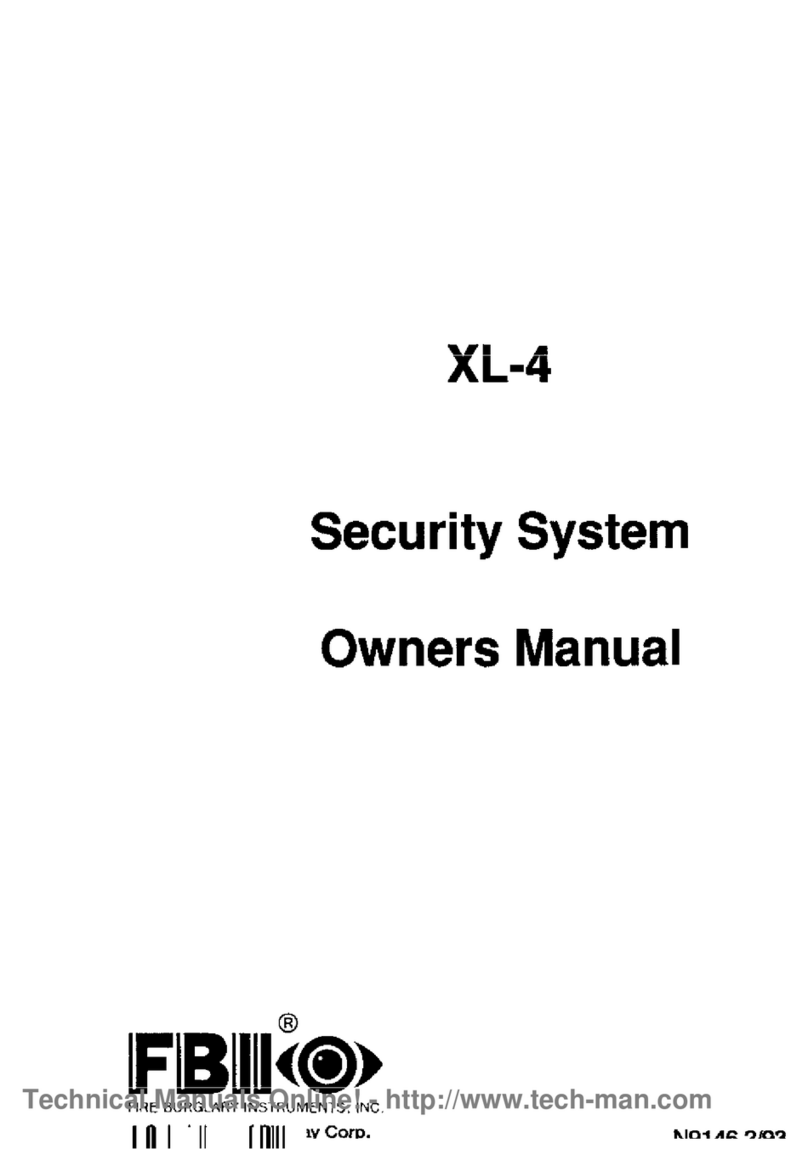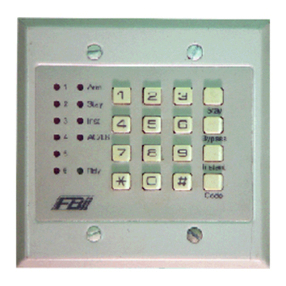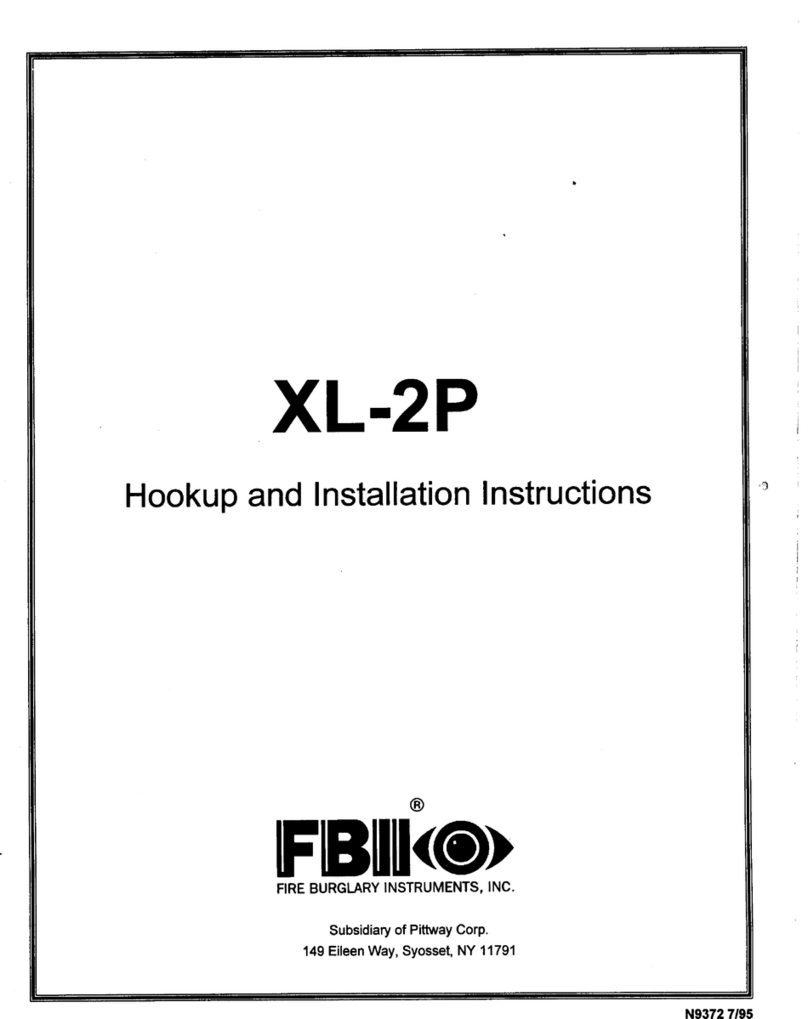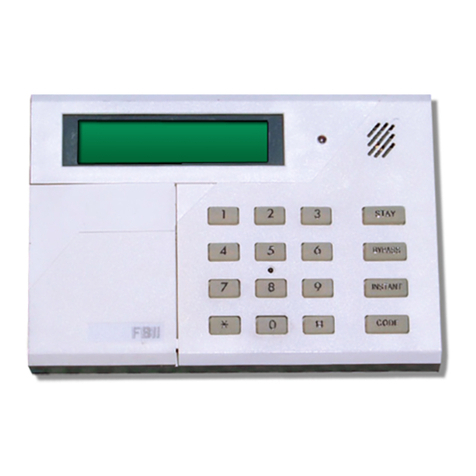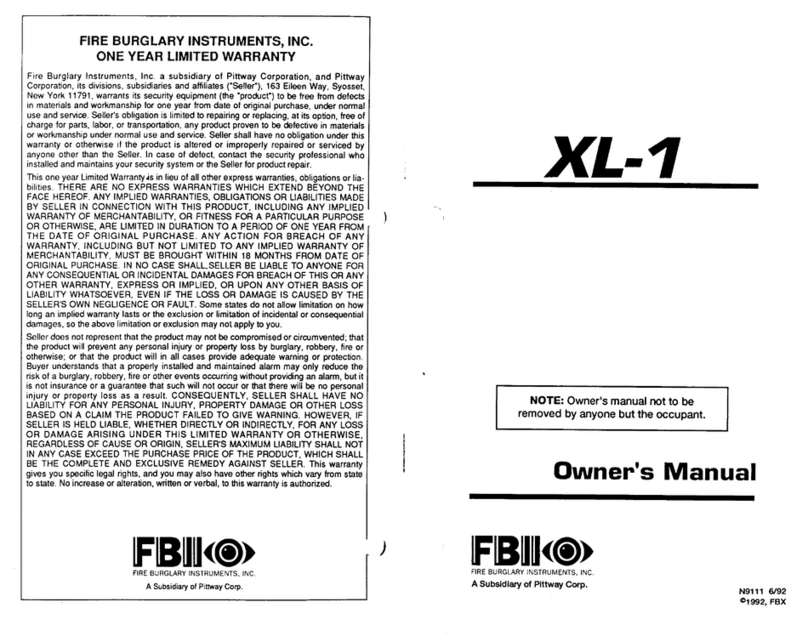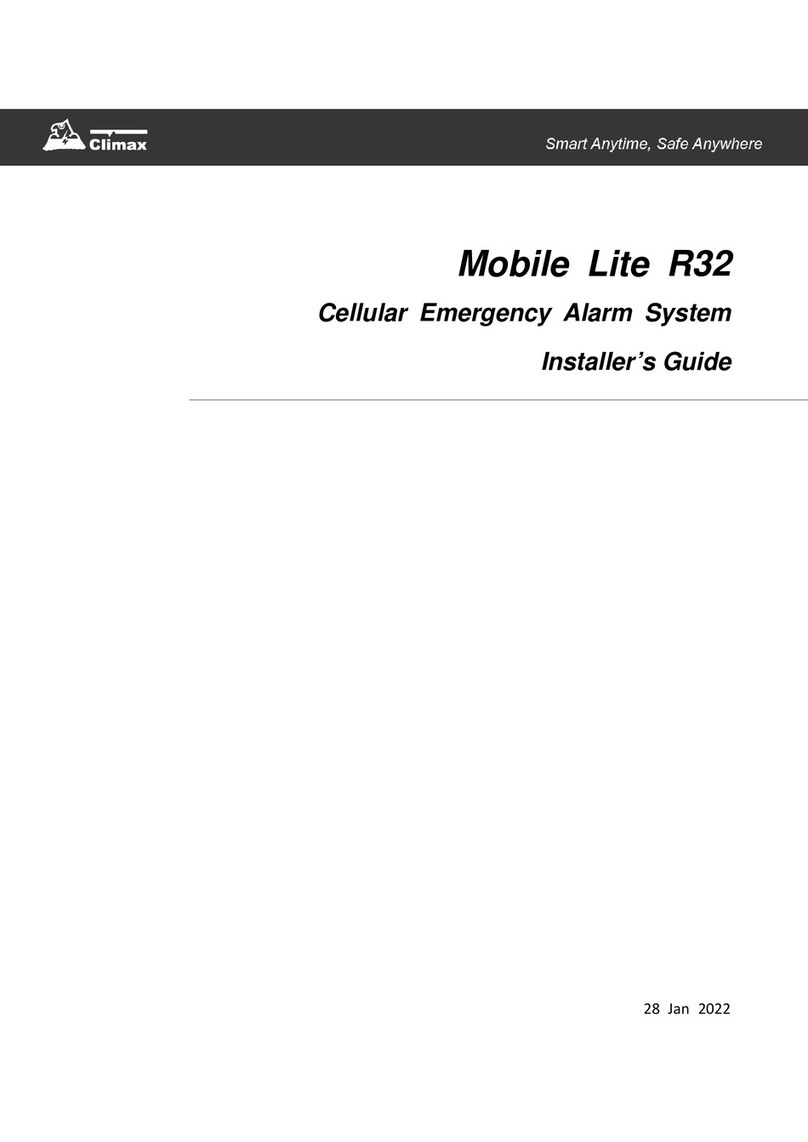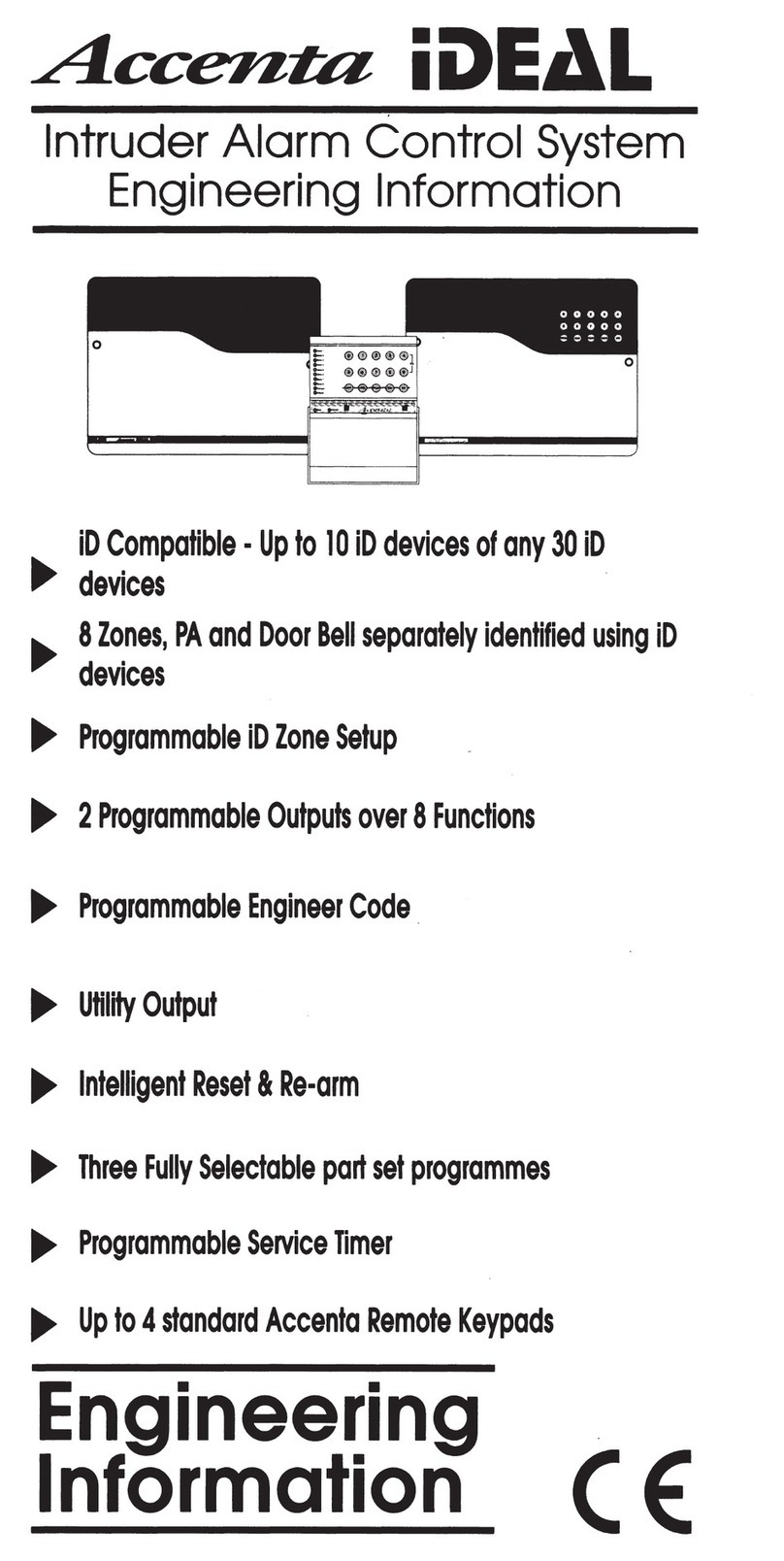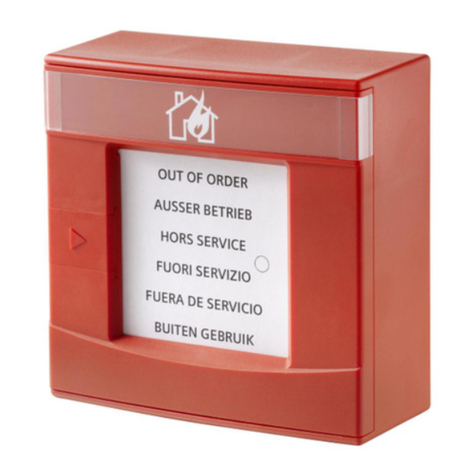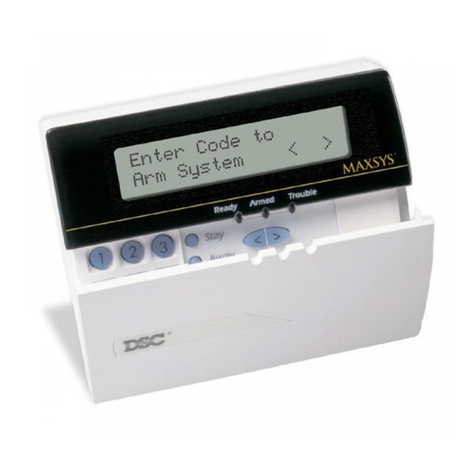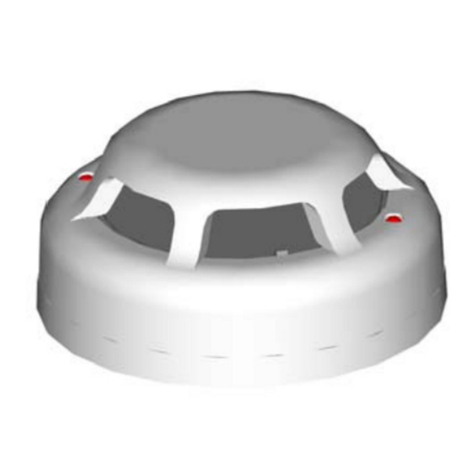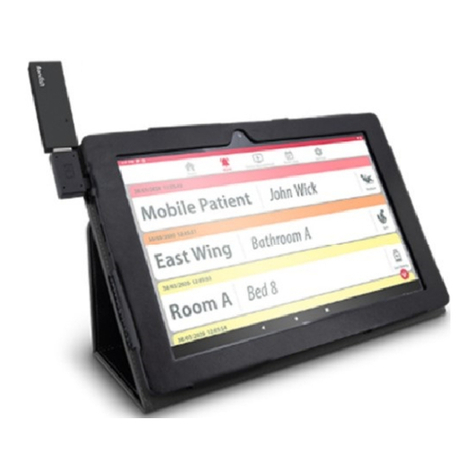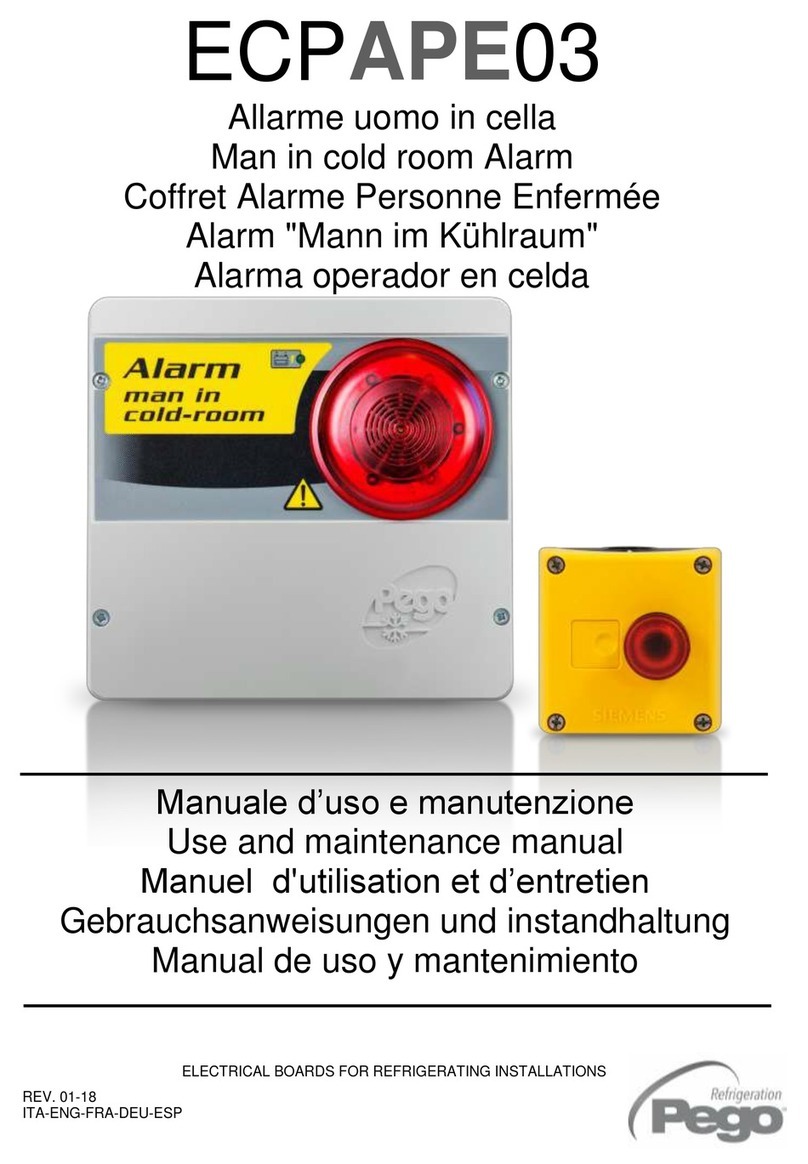After you have turned the system off with your user code the message on
display keypads will show
To clear the display of the alarm or trouble conditions and silence the audible
alert:
Enter your four digit user code ❑UUD again.
USER CODES
ADD OR CHANGE AUSER CODE
Users can be entered or modified directly through the keypad. Your system
can have up to 6different User Codes. User #1 is the Master User and is
the only one allowed to add, or delete other users.
Press the Code button followed by the four digit master user code then the
user # and the new four digit user code. The keypad will beep after each
digit is pressed. MasterUser Code User ID New User Code
~❑000 us ❑nnn
There is arecord sheet provided in the back of the book to help you plan
and record your users. On this sheet your installer will indcate if you have
chosen to dedicate auser code to send an emergency signal in the case of
Ambush or Duress. You may also have chosen to reserve one user code
that is only allowed to turn the system on, this code will not be able to turn
the system off.
DELETE AUSER CODE
To delete user #3, press the code button followed by the four digit master
user code, then the user #then “to delete.
MasterUserCode User ID -to delete
-[ ❑oon ,*
NOTE User #1, the master user, cannot be deleted b“t it ca” be ~hanged “sing the AOD
OR CHANGE USER PROCEDURE.
TURN SYSTEM ON ONLY (Maid Code)
If you choose to have acode that cannot turn the system off, but can turn
the system on, have your installer program this feature. If programmed,
user code #5 will have System On capability only and you can issue this
code to atemporary user so they can secure the premises when they leave.
KEYPAD SE~ HELP CONDITIONS
Your system can be programmed for 3separate Send Help Alerts which
would send an emergency signal to your central station, See System
Reference sheet to see wMch have been programmed for your system,

